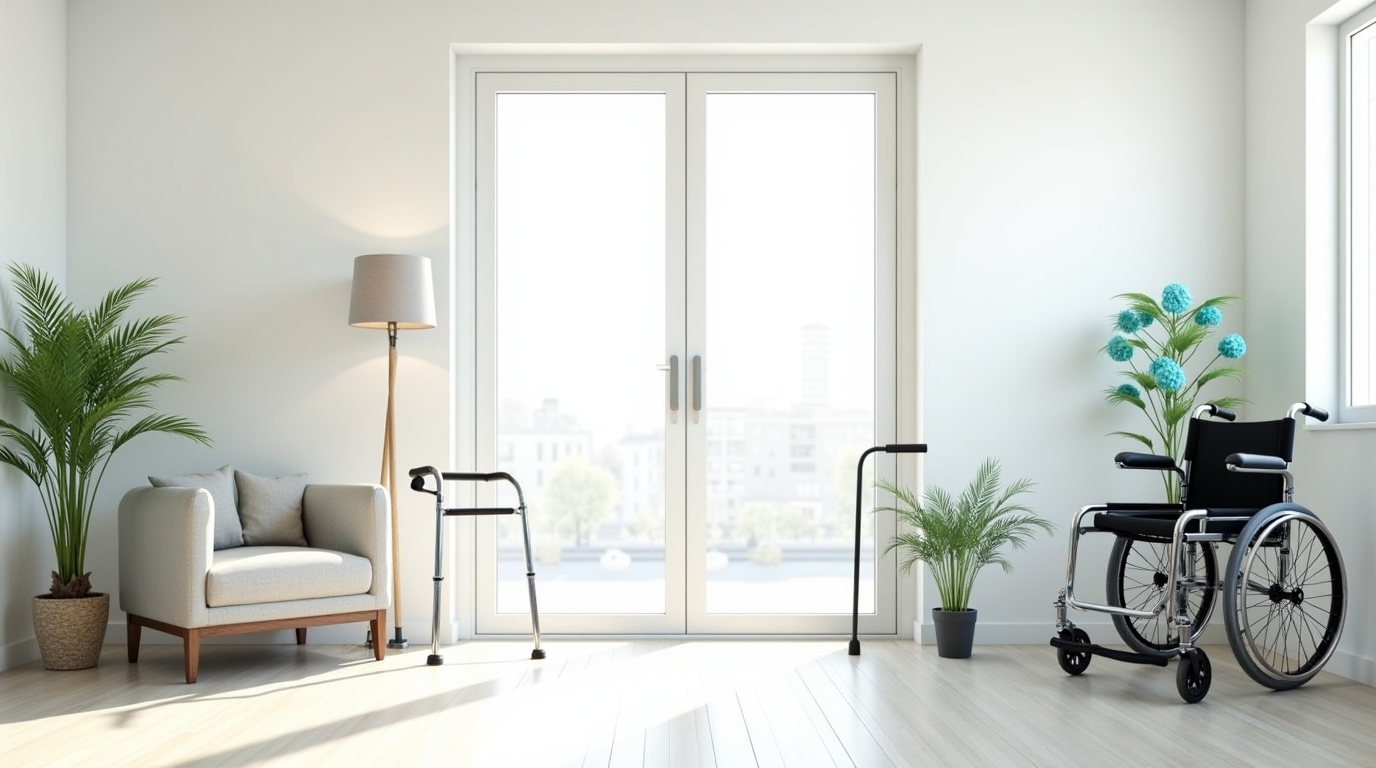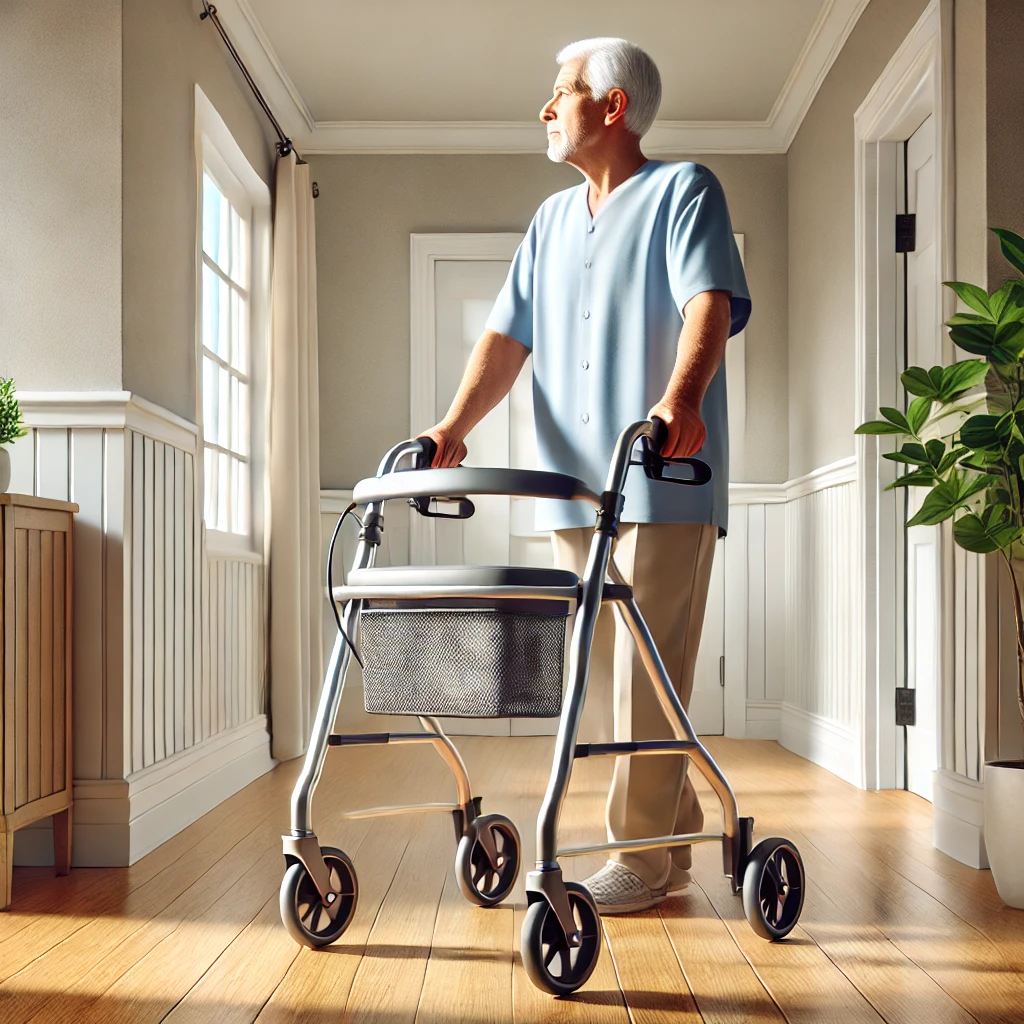Living independently is a cornerstone of personal freedom and dignity, especially as we age or manage health conditions. Thanks to rapid advancements in technology and thoughtful design, the landscape of independent living products has transformed dramatically. The next generation of these products goes beyond simple aids they’re smart, intuitive, and tailored to enhance every aspect of your daily life.
Whether you’re an older adult looking to maintain autonomy, a caregiver seeking innovative solutions, or someone simply interested in accessible living technology, this guide will introduce you to cutting-edge independent living products that can empower you or your loved ones like never before.
Why Next-Gen Independent Living Products Matter
Traditional mobility aids and assistive devices have always played a critical role, but the new wave of independent living products brings **technology, convenience, and style** to the table. These tools are designed not only to help with basic tasks but also to improve quality of life, boost confidence, and enable active participation in everyday activities.
The future of independence isn’t about limitations—it’s about **possibility and choice**.
1. Smart Mobility Devices
a. Electric Folding Wheelchairs and Scooters
Forget bulky, hard-to-store wheelchairs. The latest electric wheelchairs and scooters are:
Compact and foldableLightweight yet durableEquipped with intuitive controls and smart safety featuresBrands are now integrating Bluetooth connectivity and app controls so users or caregivers can track battery life, location, and speed settings through smartphones. Some models even come with GPS navigation and obstacle detection sensors, reducing the risk of accidents in crowded or unfamiliar spaces.
b. Advanced Rollators with Tech Enhancements
Next-gen rollators aren’t just walkers with wheels anymore. They feature:
Built-in lighting systems for safer nighttime mobilityShock-absorbing wheels for rough terrainIntegrated USB ports to charge mobile devices on the goStorage compartments with RFID locks for added securityThese improvements help users move confidently both indoors and outdoors, turning mobility aids into practical companions.
2. Home Automation Tailored for Independence
a. Voice-Controlled Assistants and Smart Home Integration
Devices like Amazon Echo or Google Nest are becoming indispensable for independent living. Beyond playing music or setting reminders, these assistants now integrate with:
Smart locks and doorbells allowing remote control of home accessAutomated lighting systems to avoid dark hallways or sudden tripsVoice-activated thermostats and appliances to control home temperature and kitchen devices hands-freeThis integration reduces physical strain and enhances safety, especially for those with limited mobility or dexterity.
b. Sensor-Driven Safety Systems
Next-gen homes are getting smarter with:
Fall detection sensors installed on floors or wearable devices that alert caregivers instantlyMotion detectors to monitor movement patterns, spotting unusual inactivity or wandering in people with dementiaSmart smoke and carbon monoxide detectors that send alerts to phones or emergency services directlyThis technology offers peace of mind and rapid response, which is critical in emergencies.
3. Wearable Tech for Health and Independence
a. Smart Health Monitors
Wearables have advanced far beyond simple step counters. Now they include:
Continuous heart rate and blood oxygen monitoringECG/EKG capabilitiesFall detection and automatic emergency callsMedication reminders and hydration alertsThese devices often sync with apps that share data with healthcare providers, enabling better preventive care and reducing hospital visits.
b. Posture and Movement Trackers
Innovative wearables help improve mobility and prevent injury by:
Monitoring posture to reduce strain and painTracking gait to identify fall risks before they happenProviding real-time feedback and gentle reminders to adjust movementSome smart insoles and belts connect to smartphones or physical therapy programs, encouraging users to maintain healthy habits.
4. Adaptive Kitchen and Bath Innovations
a. Smart Kitchen Appliances
Next-gen kitchen products make meal prep safer and more accessible:
Voice-activated ovens and microwaves that allow users to control cooking times and temperatures hands-freeInduction cooktops with automatic shutoff to prevent fires or burnsSmart refrigerators that track food inventory and expiration dates, sending reminders to order groceries or plan mealsThese innovations reduce risks and support independent nutrition management.
b. Accessible Bathroom Technology
Safety and independence in the bathroom have been revolutionized with:
Walk-in tubs with automated doors and whirlpool functionsSmart toilets with bidet and drying features controlled by voice or remoteAdjustable-height shower seats and grab bars with built-in sensors that detect balance loss and alert caregiversThese products are designed to preserve privacy and dignity while reducing fall risks.
5. Innovative Daily Living Aids
a. Automated Medication Dispensers
Forget the days of pill organizers and manual sorting. The latest medication dispensers:
Dispense the correct dose at preset timeSend reminders via smartphone or voice alertNotify caregivers if doses are missedThis ensures medication adherence, which is critical for chronic disease management and overall health.
b. Smart Canes and Walking Sticks
New-generation canes feature:
Embedded sensors that track movement and detect fallsGPS location tracking to prevent getting lostBuilt-in LED lights for nighttime visibilityBluetooth-enabled communication devices for emergenciesThese smart canes serve as both mobility aids and safety tools.
6. Transportation and Travel Aids
a. Portable Stair Climbers
For those who face stairs at home or in public places, portable stair climbers designed for wheelchairs and scooters provide a safe, user-friendly solution. Modern models are lightweight, battery-powered, and often foldable for travel.
b. Smart Travel Bags and Organizers
Travel can be a challenge for independent living, but tech-enabled bags now:
Track location via GPSInclude built-in charging stations for devicesFeature ergonomic designs for ease of carrying and accessThis helps users maintain freedom while traveling confidently.
7. Assistive Communication Devices
a. Speech-Generating Devices (SGDs)
For individuals with speech impairments, next-gen SGDs offer:
Customizable voices and languagesTouchscreen and eye-tracking controlsIntegration with smartphones and tablets for easy communication anywhereThese devices restore a vital means of connection and self-expression.
b. Smart Hearing Aids
Modern hearing aids are more than amplifiers. They offer:
Bluetooth connectivity for calls and mediaAutomatic noise filtering and sound adjustmentHealth monitoring features like heart rate and step countThis multi-functionality enriches both hearing and overall wellness.
8. The Future Is Now: AI and Robotics in Independent Living
a. Personal Assistant Robots
Robotic helpers are emerging as companions and assistants, capable of:
Reminding users about appointments and medicationHelping with physical tasks like fetching items or opening doorsProviding companionship through conversation and gamesThough still in early stages, these robots have the potential to radically improve day-to-day independence.
b. AI-Powered Fall Prevention and Monitoring Systems
Artificial intelligence integrated into home sensors can:
Analyze movement patterns to predict and prevent fallsAutomatically contact emergency services if a fall occursProvide personalized safety recommendationsThis proactive approach to health and safety could be transformative.
How to Choose the Right Next-Gen Independent Living Products for You
With so many innovations on the market, picking the right product can feel overwhelming. Here’s a quick checklist to guide you:
Assess your personal needs and environment: Consider your mobility level, living space, and lifestyle.Prioritize safety and ease of use: Look for products with simple interfaces, clear instructions, and reliable customer support.Think about compatibility: Will the product work with other devices or smart home systems you have?Check warranty and return policies: Technology can be complex; make sure you have options if it doesn’t meet expectations.Read reviews and consult professionals: Feedback from users and advice from occupational therapists or healthcare providers can be invaluable.Conclusion
The future of independent living is exciting. These next-generation products blend innovation, design, and empathy to create tools that truly empower users. Whether it’s a smart mobility device that helps you explore the outdoors or a voice-activated assistant that manages your home environment, these technologies redefine what it means to live independently.
If you or your loved ones are ready to step into this new era, start exploring the options today. Independence isn’t just about doing things on your own—it’s about having the right support to live life on your own terms.



Discover the ultimate potential for seamless, independent living with next-gen products - they're more than an invention; these are game changers in making our daily routines effortlessly adaptive and smart!
Exploring the Promising Avenues of Next-Gen Independent Living Products is a Must for Anyone Seeking to Enhance Their Quality and Freedom in Daily Life.
Discover the future of independent living with groundbreaking next-gen products that are revolutionizing daily routines and enhancing personal autonomy.
Discover the future of independent living with these innovative, must-know products - they're redefining what it means to live a self sufficient and convenient life.
Discover the game-changing next generation of independent living products that will revolutionize how we experience daily life at home, from smart assistive devices to innovative accessibility solutions.
Discover the future of independent living with cutting-edge products that embody both innovation and user empowerment, ensuring a more autonomous lifestyle for all.
Discover the future of independent living with cutting-edge products that are revolutionizing daily routines – their innovative designs make even greater lives possible.














